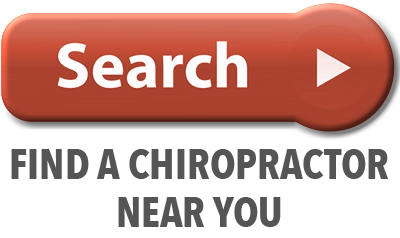 You’ve done your research, you’ve talked to friends, and now, you’re ready to take the plunge. You’re heading to your first visit with a chiropractor. And no matter how much you’re prepared for this moment – and read tons of testimonials from others who wondered why they waited so long – it can still trigger a fear of the unknown.
You’ve done your research, you’ve talked to friends, and now, you’re ready to take the plunge. You’re heading to your first visit with a chiropractor. And no matter how much you’re prepared for this moment – and read tons of testimonials from others who wondered why they waited so long – it can still trigger a fear of the unknown.
Here are a few insights, drawn from others’ experiences, that can help smooth the way. Relax, you’re in good hands!
• You may be surprised how many ways your visit mirrors a stop at your primary physician’s office. They will need your insurance card, check your vitals, ask about medical history, and request a list of any prescription and over-the-counter drugs you’re now taking. Make sure to bring the necessary information – it’s easier to remember the year you had your tonsils out when you’re not put on the spot – and, later, make sure you share details of your chiropractic care with your primary physician. Finally, make sure to wear comfortable, loose-fitting clothes that allow a full range of motion.
• That said, there are also a few differences. As you discuss the reason for your visit – and the chiropractor conducts a thorough examination of the areas of concern – you’ll come up with a treatment plan. Chiropractic care is seldom completed in one visit; most treatments begin with a series of appointments and then wind down as the adjustments become the body’s new normal. And, as today’s chiropractors are trained in several disciplines complementary to adjustments, such as exercise, nutrition and lifestyle changes, you’ll probably hear about ways you can make the most of what was done in the office. Consider it the chiropractors’ prescription – while they don’t prescribe medications, they do suggest things you can do at home and the workplace that will hasten your healing.
• If an adjustment is performed on the first visit, where the chiropractor finds something out of alignment and carefully puts it back in place, be prepared for the soft “pop.” It’s actually the release of air bubbles trapped in the fluid surrounding your joints. If, at any time, you’re uncomfortable with the procedure, tell your chiropractor. Again, communication is key!
• What can you expect when it’s all over? Many patients describe a sense of relief, even in places they never realized were stressed before. Some also will experience a little tenderness around the areas treated, which can be treated with ice if necessary. Studies show that there is a very low risk of lasting effects, but if it lasts more than a day, call the office for more information.
And when you experience for yourself the many benefits chiropractic care offers, let others know it is something they might consider in the future. Don’t let a fear of the unknown keep you and your loved ones from a drug- and surgery-free option to treating their pain.









 Why is the Discount Challenge prize amount $11,181? Because that is the average “per-occurrence” fine for Medicare inducements. That’s not $11,181 per patient, that’s not per provider, that’s PER VISIT. Stinks, doesn’t it? To us, the prize amount is worth the investment if we can help our profession better understand proper discounting.
Why is the Discount Challenge prize amount $11,181? Because that is the average “per-occurrence” fine for Medicare inducements. That’s not $11,181 per patient, that’s not per provider, that’s PER VISIT. Stinks, doesn’t it? To us, the prize amount is worth the investment if we can help our profession better understand proper discounting.